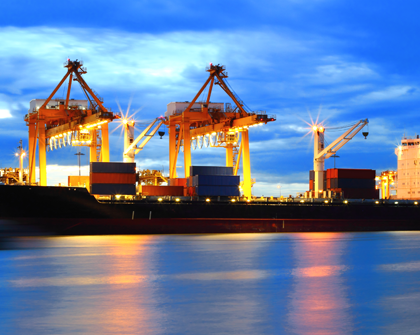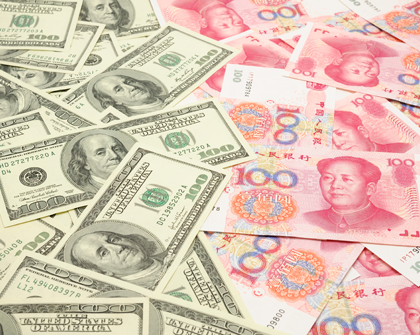Intent on integration into regional and global value chains through the free flow of inputs, the Pacific Alliance member countries welcomed the entry into force of the Additional Protocol to the Framework Agreement (link in Spanish), which was signed in Cartagena de Indias, Colombia, on February 10, 2014.
The document includes 19 chapters that facilitate trade in the region, eliminate barriers to trade, and establish modern trade disciplines in relation to professional and financial services, shipping, telecommunications, and e-commerce. In particular, the agreement enables 92% of products to be traded between member countries duty-free. Tariffs will also be eliminated on the remaining 8% of products in the short and medium term, with the goal of free movement of all goods, services, capital, and people by 2030. The agreement represents a major opportunity for SMEs in that it provides them with better conditions of entry into other markets, thus fostering competitive internationalization.
The Additional Protocol is a fundamental trade instrument for Chile, Colombia, Mexico, and Peru in their quest to export more competitive products to international markets, notably those in the Asia Pacific. At present, the Pacific Alliance includes 20 observer states, and Panama and Costa Rica are both interested in becoming part of the bloc. Panama has also begun negotiations with Mexico towards a Free Trade Agreement so as to be eligible to join the Pacific Alliance.




